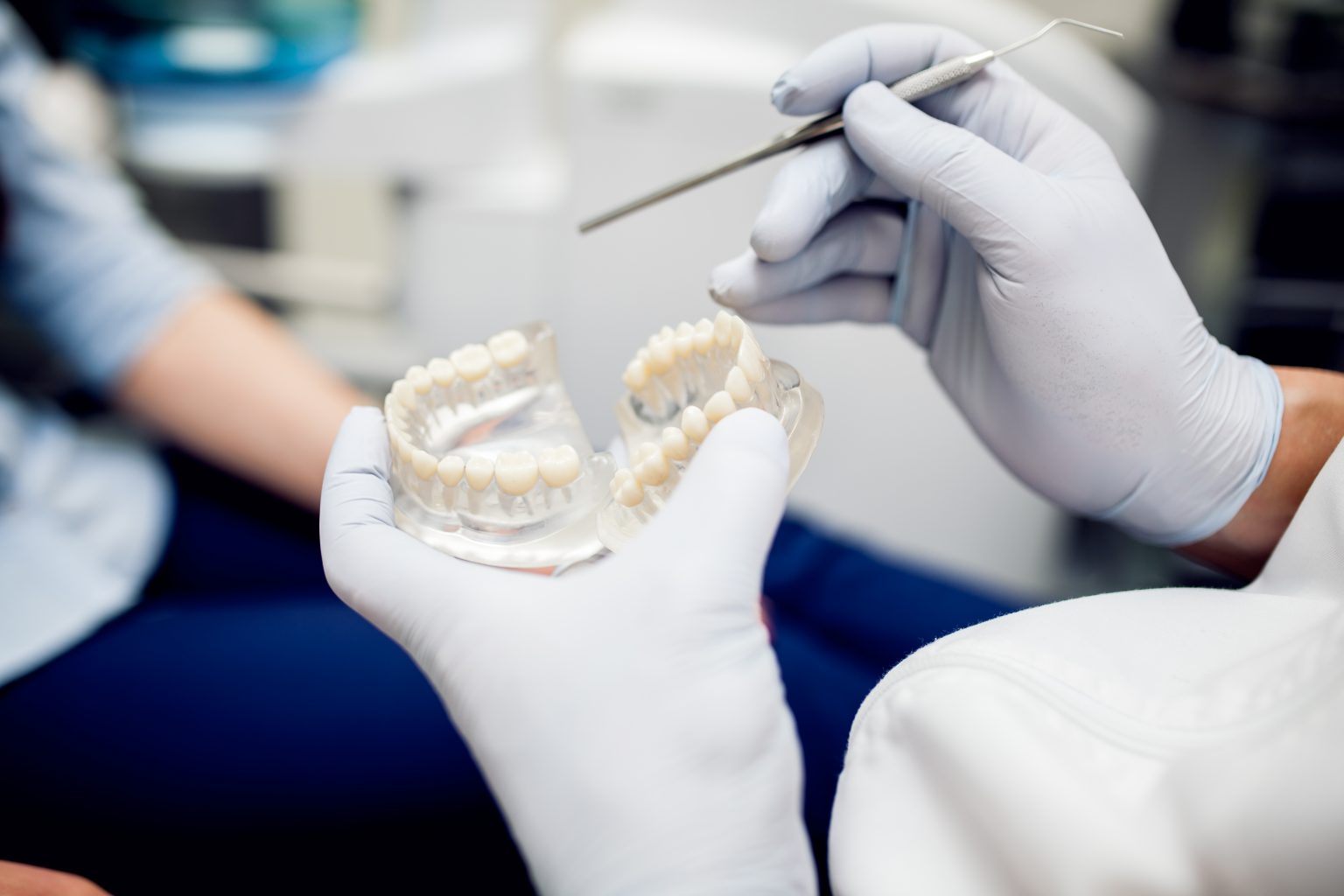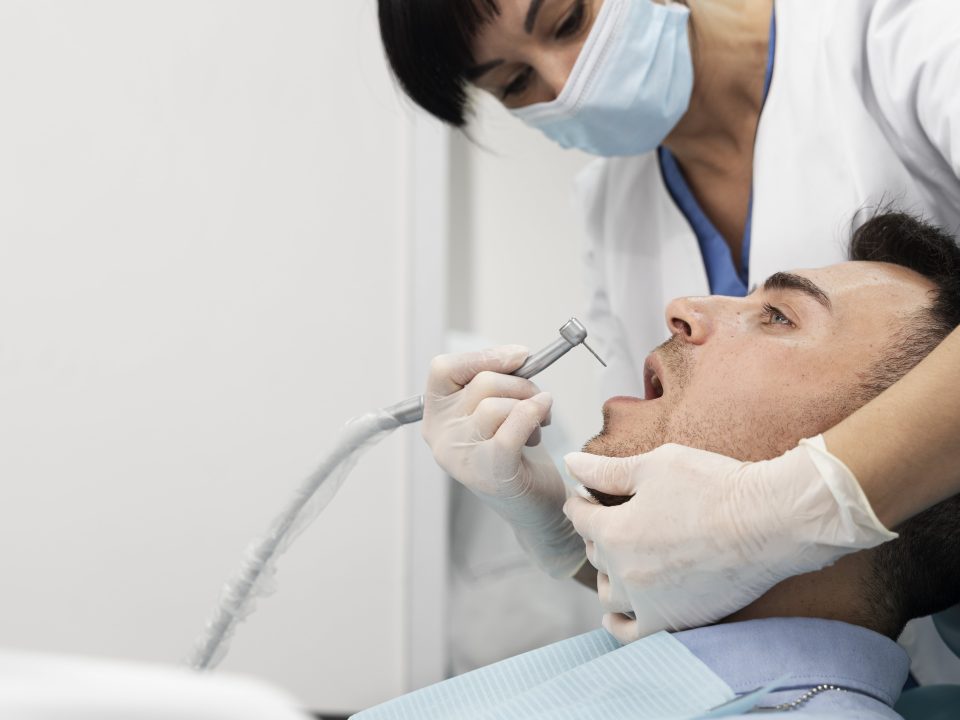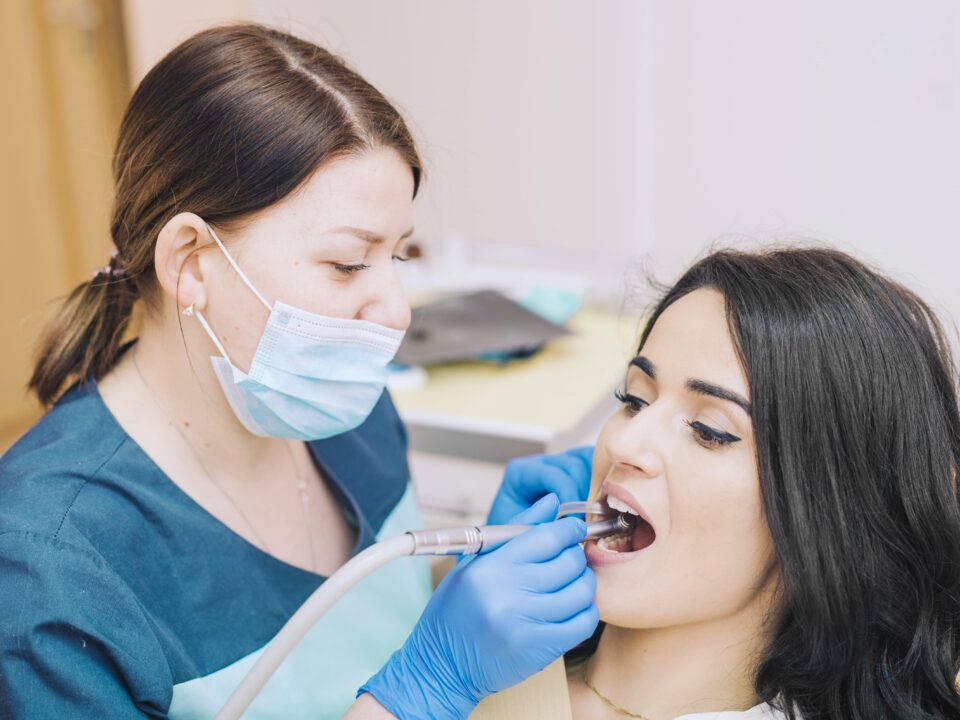For many individuals, visiting the dentist can evoke feelings of anxiety or fear, leading to avoidance of much-needed dental care. Fortunately, advancements in sedation dentistry offer solutions to help patients relax and feel more comfortable during dental procedures. In this blog, we’ll explore the differences between oral sedation and traditional methods of anxiety management, helping patients in Plano and Garland make informed decisions about their dental care.
Understanding Sedation Dentistry:
Sedation dentistry involves the use of medication to induce a state of relaxation and reduce anxiety during dental procedures. It is particularly beneficial for patients with dental phobias, sensitive gag reflexes, or those undergoing extensive treatments. Two common approaches to sedation dentistry are oral sedation and traditional methods such as nitrous oxide and intravenous (IV) sedation.
- Oral Sedation: Oral sedation, also known as “conscious sedation,” involves taking a prescribed sedative medication by mouth before the dental appointment. The medication helps patients feel calm and relaxed, often causing drowsiness or a sleep-like state. Oral sedation is typically administered in the form of a pill or liquid, allowing patients to remain conscious and responsive throughout the procedure while experiencing reduced anxiety.
Benefits of Oral Sedation:
- Ease of Administration: Oral sedation is simple and convenient, requiring patients to take a prescribed medication before their appointment.
- Reduced Anxiety: The sedative effects of oral medication help patients feel more at ease and comfortable during dental procedures.
- Memory Loss: Some patients may experience partial or complete memory loss of the dental procedure, reducing potential trauma associated with the experience.
- Safety: Oral sedation is considered safe when administered by a qualified dentist or medical professional, with minimal risk of complications.
- Traditional Methods: Traditional methods of sedation dentistry include nitrous oxide (laughing gas) and intravenous (IV) sedation. Nitrous oxide is a colorless, odorless gas that is inhaled through a mask placed over the nose. It produces a calming effect and helps patients relax during dental procedures. IV sedation involves the administration of sedative medications directly into the bloodstream through a vein, inducing a deeper level of sedation.
Benefits of Traditional Methods:
- Rapid Onset: Nitrous oxide and IV sedation typically take effect quickly, allowing patients to achieve a state of relaxation within minutes.
- Adjustable Levels: The level of sedation can be easily adjusted during the procedure to ensure optimal comfort and safety.
- Controlled Effects: With traditional methods, the dentist has greater control over the depth and duration of sedation, tailoring the experience to each patient’s individual needs.
- Rapid Recovery: Nitrous oxide has a rapid onset and recovery time, allowing patients to resume normal activities shortly after the procedure.
Choosing the Right Approach for You: When deciding between oral sedation and traditional methods of anxiety management, several factors should be considered:
- Level of Anxiety: Patients with mild to moderate anxiety may benefit from oral sedation, while those with severe anxiety may require traditional methods for deeper sedation.
- Medical History: Patients with certain medical conditions or allergies may be better suited for one approach over the other. It’s essential to discuss your medical history and any concerns with your dentist in Plano or Garland.
- Procedure Complexity: The type and complexity of the dental procedure being performed may influence the choice of sedation method. Oral sedation may be sufficient for routine procedures, while traditional methods may be necessary for more extensive treatments.
- Personal Preferences: Ultimately, the decision should align with your personal preferences, comfort level, and treatment goals. Discuss your options with your dentist to determine the best approach for your needs.
Finding Quality Dental Care in Plano and Garland: Whether you’re considering oral sedation or traditional methods of anxiety management, finding a qualified and experienced dentist is essential for a positive dental experience. In Plano and Garland, residents have access to a range of dental professionals who specialize in sedation dentistry and prioritize patient comfort and safety. When choosing a dentist, look for qualifications, experience, and patient reviews to ensure you receive quality dental care tailored to your needs.
Conclusion:
Sedation dentistry offers effective solutions for managing anxiety and fear associated with dental visits, allowing patients to receive the care they need comfortably and confidently. Whether opting for oral sedation or traditional methods such as nitrous oxide or IV sedation, patients in Plano and Garland can rest assured knowing they have options to help them feel at ease during dental procedures. By understanding the differences between these approaches and consulting with a qualified dentist, patients can make informed decisions about their dental care and achieve optimal oral health and wellness.





